Twenty-one, a card game, was the forerunner of blackjack. Although this game led to the inception of blackjack, one of the most popular gambling card games, the origin of twenty-one is not known. Interestingly, the first time the gaming word, twenty-one, was mentioned by the Spanish writer Miguel de Cervantes in his famous novel Don Quixote, which was written between 1601 and 1602. In his book, there was a character named Cervantes who used to gamble. In another of his collection of short stories named Novelas Ejemplares, one of the tales Rinconete y Cortadillo had a couple of main characters who were cheaters. They were very talented in cheating people at a game called ventiuna. Ventiuna in Spanish means twenty-one.
The book also describes the game and says that the goal of the player is to accrue 21 points with Ace values as 1 and 11. The game was said to be played with a deck of Spanish cards or playing cards associated with Spain. This deck of cards was called baraja and didn’t have the eights, nines, and tens. The story weaves a tale of ventiuna being played in Castilia in the 17th century or earlier. In a standard system of card counting, every rank of card is assigned a point score. Therefore, at any time when a card is displayed, a counter keeps an account of the card score to a running total that is called the “count.”
When twenty-one came to the U.S., player were offered payout bonuses to play the game. One such incentive offered was the ten to one payout if the player attained a hand of ace of spades and a black jack such as the jack of spades or jack of clubs. The name given to such a hand was blackjack and ever since then, the name has persisted. Today blackjack implies an ace along with a ten or face card.
By JC Shively
JC Shively is an expert author on blackjack articles

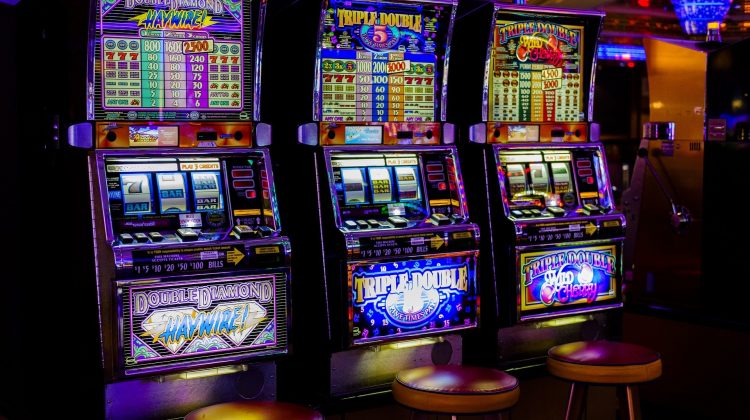
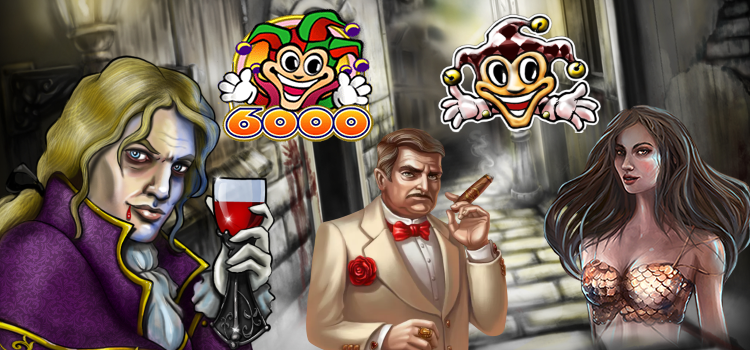
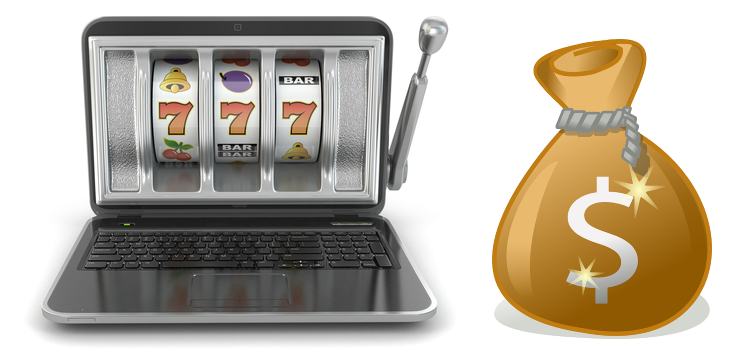





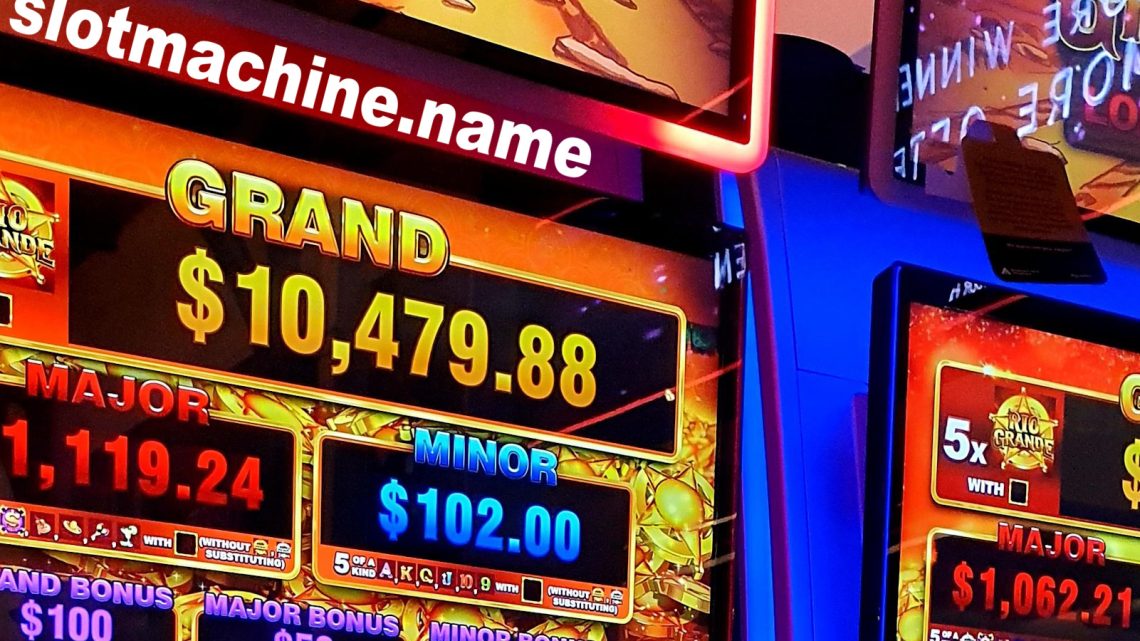
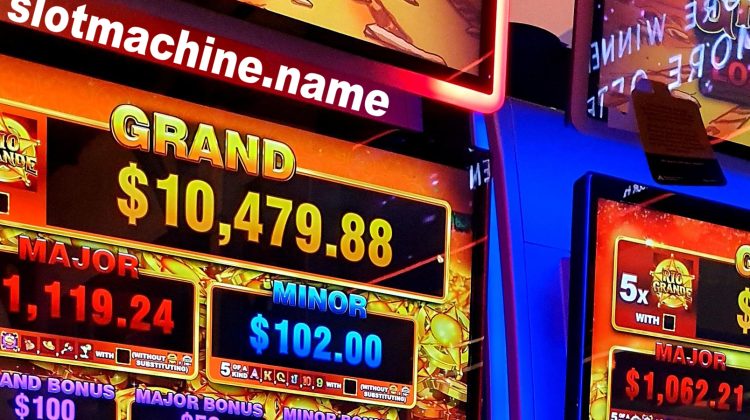
No Comment